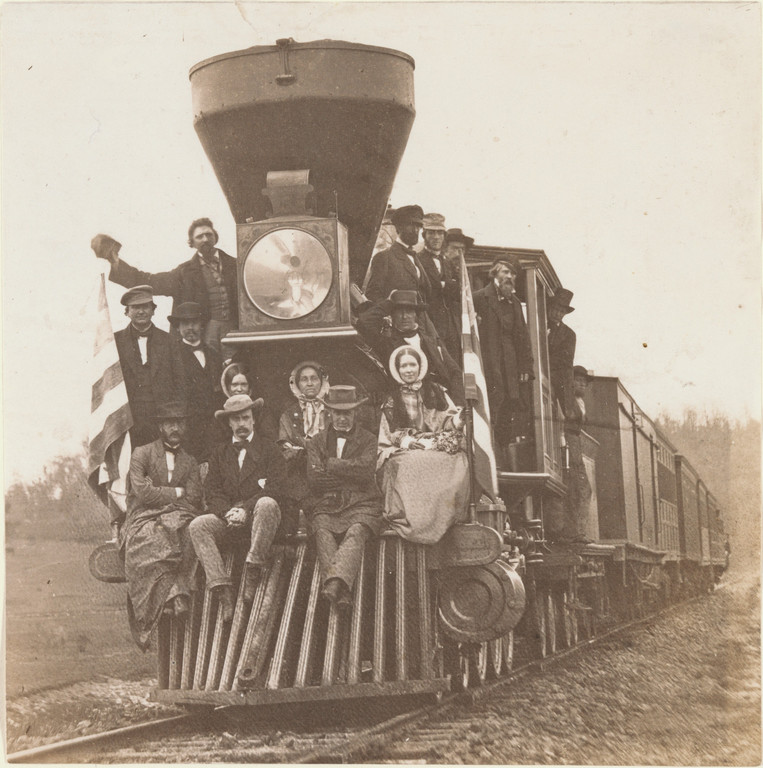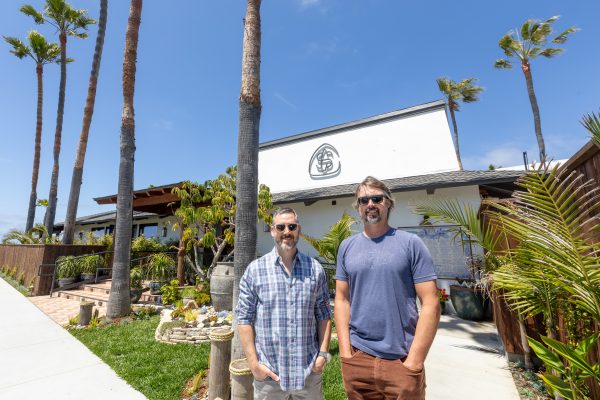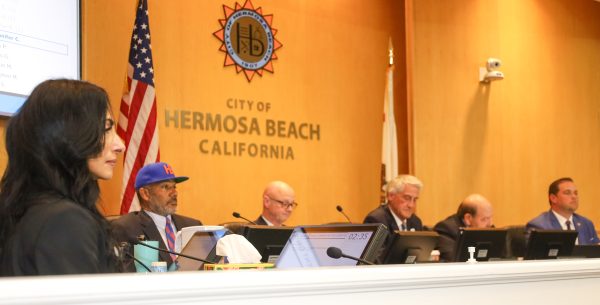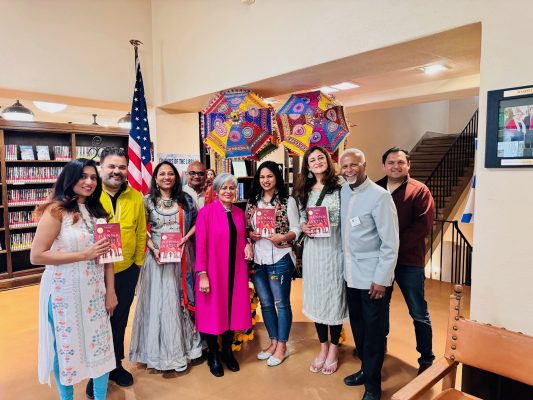
“Paper Promises” are kept at the J. Paul Getty Museum
Taking a picture is pretty simple. You point your camera at something, try to hold still for a moment, and press a button. Furthermore, the result is immediately reviewable. Of course, it wasn’t always this easy or without controversy. Controversy? Come over here, and let’s step back into the 1850s.
“Paper Promises: Early American Photography” just opened at the Getty and, to quote the director, Timothy Potts, it “chronicles mid-nineteenth-century attempts to develop photographic forms suitable to the varied social, commercial, and documentary interests of the burgeoning nation.”

Why the lopsided preference for daguerreotypes? Well, they seemed more substantial and thus more permanent, although, without intervening negatives, they were one-offs or one-of-a-kind. However, and I guess this didn’t count for much at the start, negative-positive techniques allowed for reproductions or what we would call reprints. And so, to some extent, the show addresses the search for commercially viable processes that eventually put the daguerreotypist on the endangered species list (the extinct species list, some might say). Just consider the public’s fascination with celebrities. Knowing what we know now, reproducible paper photographs was surely the way to go.

In Europe, however, at least one new technique was brewing: “By the 1860s,” Harris notes, “salted paper prints were phased out in favor of albumen prints, in which the sensitized emulsion is suspended in egg white, creating a more stable image atop rather than within the paper, a light surface sheen, and enhanced durability.”
We’re a little bit off-topic, but not entirely: it’s good to know the context when considering the less than self-assured rise and advance in photographic technique.
Mazie Harris contributes three essays to the catalogue, and the first one is a general overview of the time, photographically speaking. Her second essay, “Face Value,” explains why the public was skeptical of photography, especially the negative-positive technique that allowed for multiples. The reason? About 40 percent of all banknotes were actually counterfeit, and (shine a spotlight on this, please) they were thus dismissively referred to as “paper promises,” and hence the name of the exhibition. Can you imagine going into the supermarket and paying with a $20 or $50 bill, and four times out of ten the cashier won’t take it? But the public fear was premature, because photographic accuracy was not all that sharp. At any rate, the reason why we have two-sided greenbacks (originally banknotes were printed on just one side) evolved in large part to stay ahead of the counterfeiters. Obviously it remains a problem even now as we see each time a cashier scrutinizes the large bill we hand her or him. You wouldn’t encounter that treatment with a silver dollar, would you?

Closer examinations
The “Paper Promises” catalogue is enhanced by two additional essays, the first being “A New Kind of Evidence,” by Christine Hult-Lewis, which “describes how land litigants of the late 1850s exploited paper photographs to sway court cases.”
The premise may sound dull, but the author holds our interest. In former times, the evidence for property or boundary disputes was often confined to a drawn map, with landmarks often ambiguous. Hult-Lewis describes one specific case in which Carleton Watkins wound up being employed by both litigants to photograph the disputed areas, one of which was a “monumental” rock and another a large “red” rock. Pretty sketchy, wouldn’t you say? But this is how photographs entered the courtroom as evidence, and I bet you had no idea, did you?


The political implications of these images then as compared to the political implications now are no doubt vastly different, but by employing a term like “slaveholding regime” and later referring to these images as “mythologizing views,” indicates where Fox-Amato’s sentiments lie. He sees these pictures as propaganda, but I do have to wonder if anyone was truly thinking “propaganda” at the time. I just don’t know. Clearly he’s right in that the underside of slavery isn’t shown. However, by way of an analogy, during the several years I lived in a southern state I never heard anyone refer to statues associated with the Confederacy as symbolic of white supremacy or suppression. The statues seemed to be poignant reminders that the land had a history, that empires come and go, values change and time passes through our hands.
Not what you wanted to read? All right. But then photography in the South was stymied because suppliers of photographic materials were largely based in the North and blockades were imposed on southern ports.
Eventually, “paper promises” shed its negative implications and marched forward through the ages. Even so, there are still the occasional hurdles (with copyright and other legal matters), but if we look behind the mounted images we see that this exhibition describes a crucial phase during the early years of this now ubiquitous medium. In that way it’s an invaluable addition to our understanding and appreciation of photography from the 1830s to the present.


Hours, directions, parking, and other information at www.getty.edu. ER











